Ferrari Portofino M debuts with 611bhp on tap
The Ferrari Portofino arrived globally in 2017 and was launched in India in 2018. Now, in a relatively short span of time, Ferrari has introduced a significantly updated version of its 2+ GT Spider, in the form of the Portofino M.
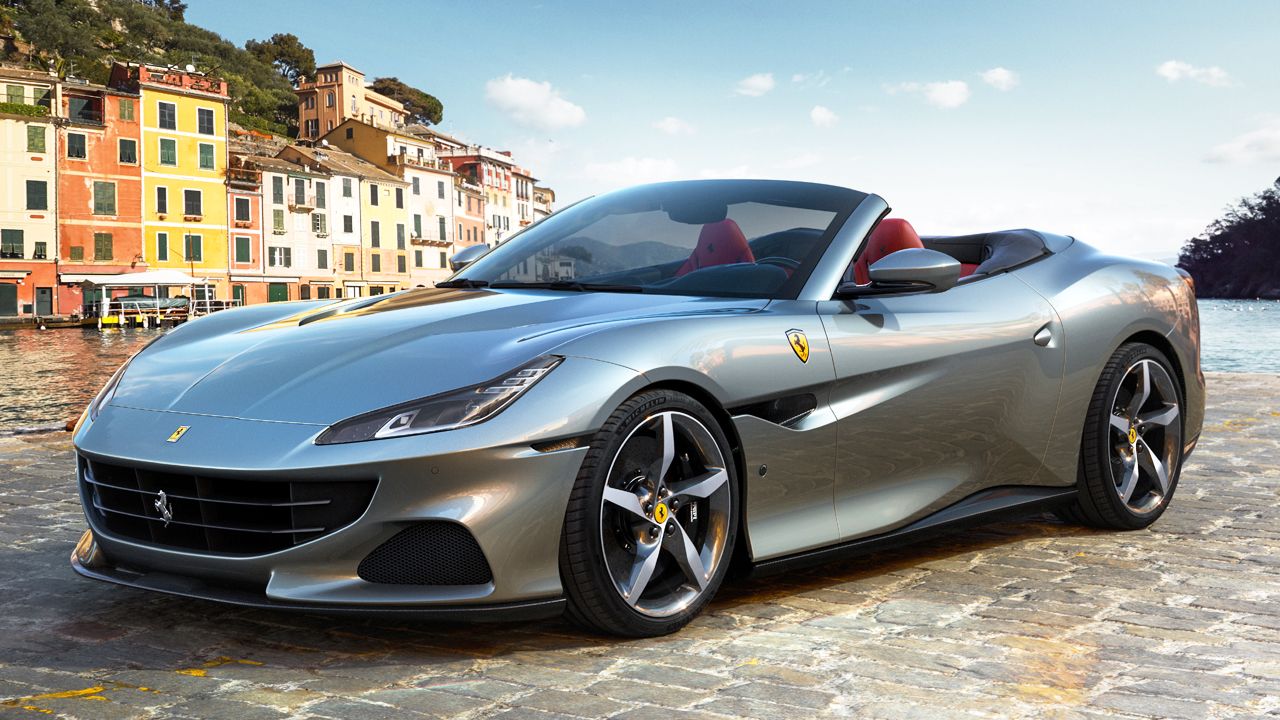
The entry-level Ferrari gets a nip & tuck job, a bump in power, and some uprated equipment.
The Ferrari Portofino arrived globally in 2017 and was launched in India in 2018. Now, in a relatively short span of time, Ferrari has introduced a significantly updated version of its 2+ GT Spider in the form of the Portofino M. In May this year, our Italian partner Quattroruote had caught some snaps of a camouflaged Portofino M undergoing tests. In Ferrari lingo, the ‘M’ in its moniker stands for ‘Modificata’, which refers to cars that have undergone significant performance improvements.
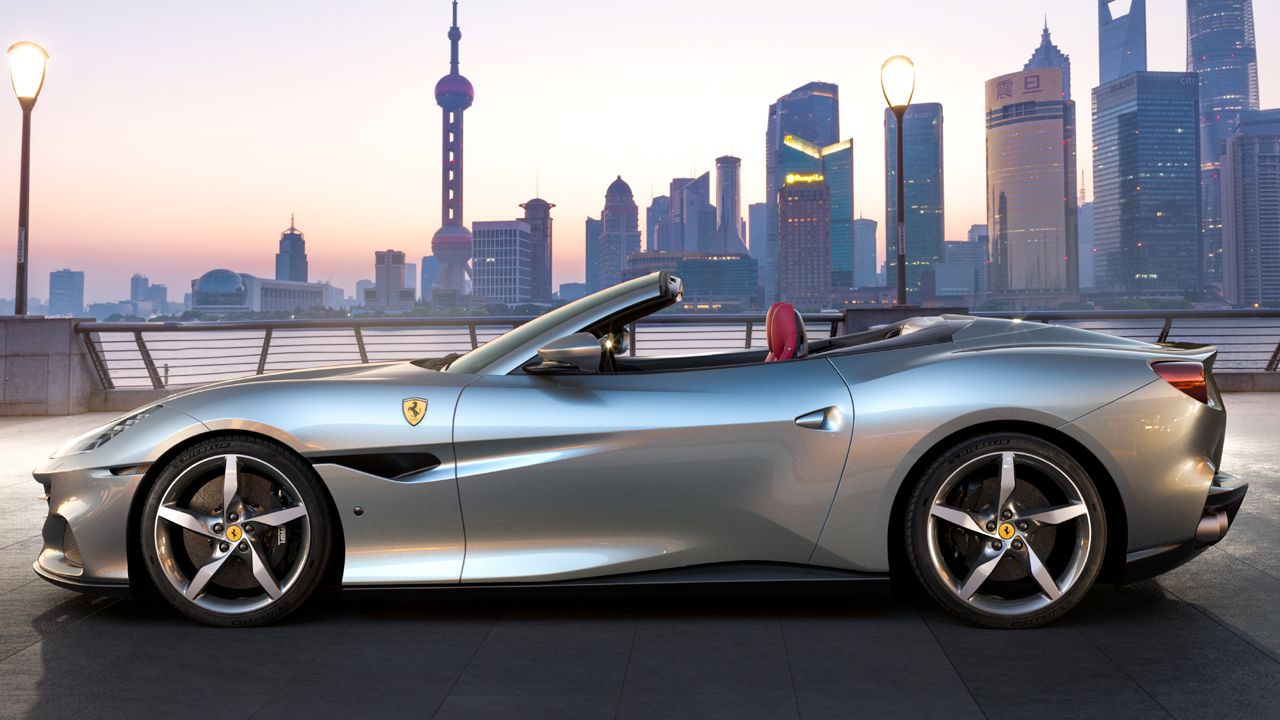
Speaking of performance improvements, while the 3.9-litre (3,855cc) twin-turbo unit is the same as the standard Portofino, it has been completely redesigned for the Portofino M. The result? It now pumps out 611bhp (20bhp more than the Portofino) at 7,500rpm and 760Nm of torque (the same as before). In case you didn't notice, these figures are the same as that of the Ferrari Roma.
And speaking of the Roma, the new coupé's eight-speed DCT automatic gearbox (originally taken from the SF90 Stradale) now finds itself on the Portofino M as well, replacing the old seven-speed DCT unit. For the Portofino M, the eight-speed DCT has been retuned to offer longer gear ratios and a mechanical reverse gear. It even features a more compact clutch module that's 20% smaller & delivers 35% more torque than the old 7DCT unit).

The Portofino M also becomes the first GT Spider from Maranello to feature the brand's famed Manettino drive modes (which also include a Race mode). The Manettino modes work via a 6th-gen vehicle dynamics control system known as the Side Slip Control (SSC), which integrates the E-Diff, F1-TCS, SCM-E Frs, and the Ferrari Dynamic Enhancer (FDE) control systems.
Further performance improvements come courtesy of electronic wizardry like Variable Boost Management and revised exhaust geometry, featuring a 'proportional' by-pass valve control.
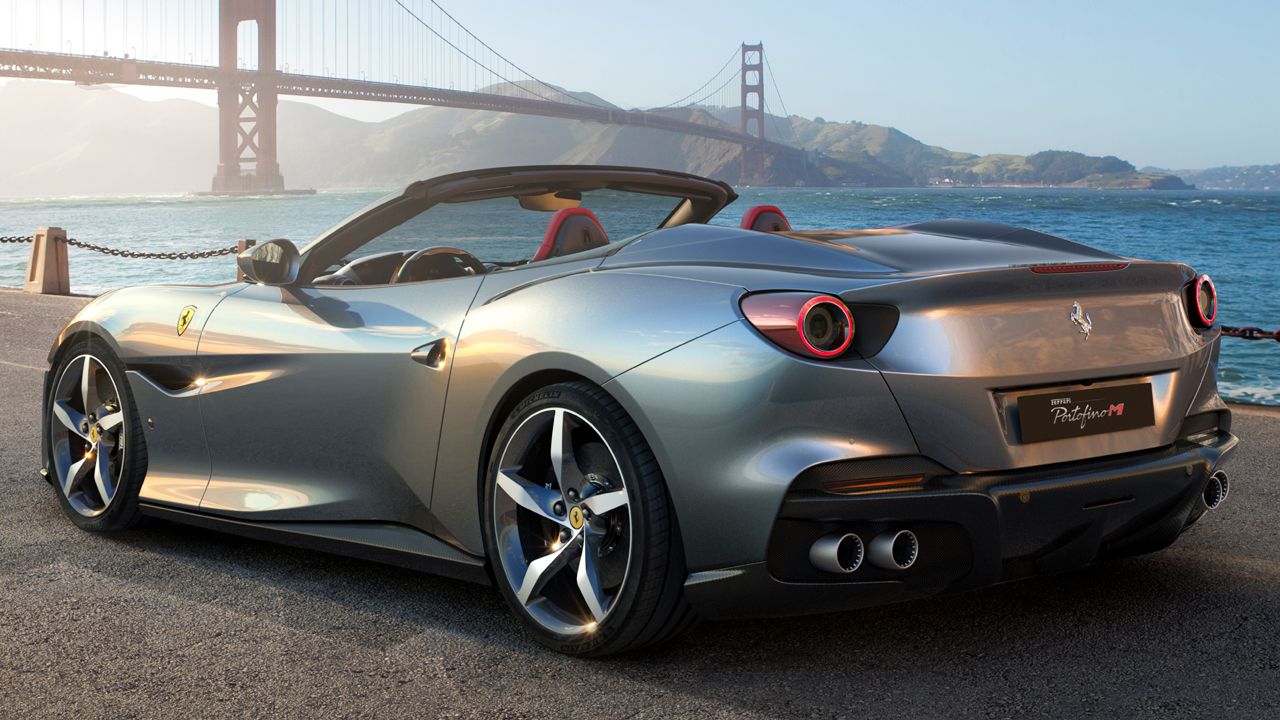
Visually as well, the Portofino M gets very specific updates to aid the car's aerodynamic improvements and to set it apart from its sibling. The front bumper features new air vents, which lend the car a more aggressive look, while the rear sports a new, bolder-looking diffuser insert, which is separate from the rear bumper now. As a result, customers can spec the diffuser in their choice of material.
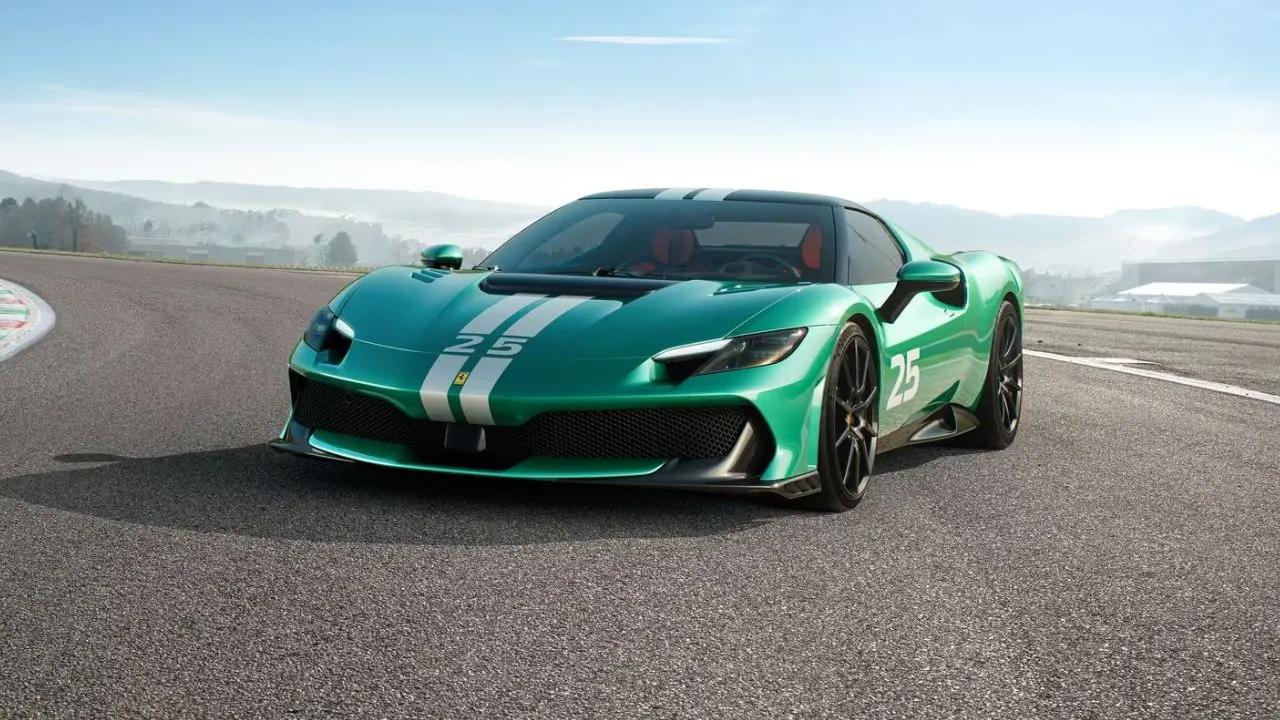
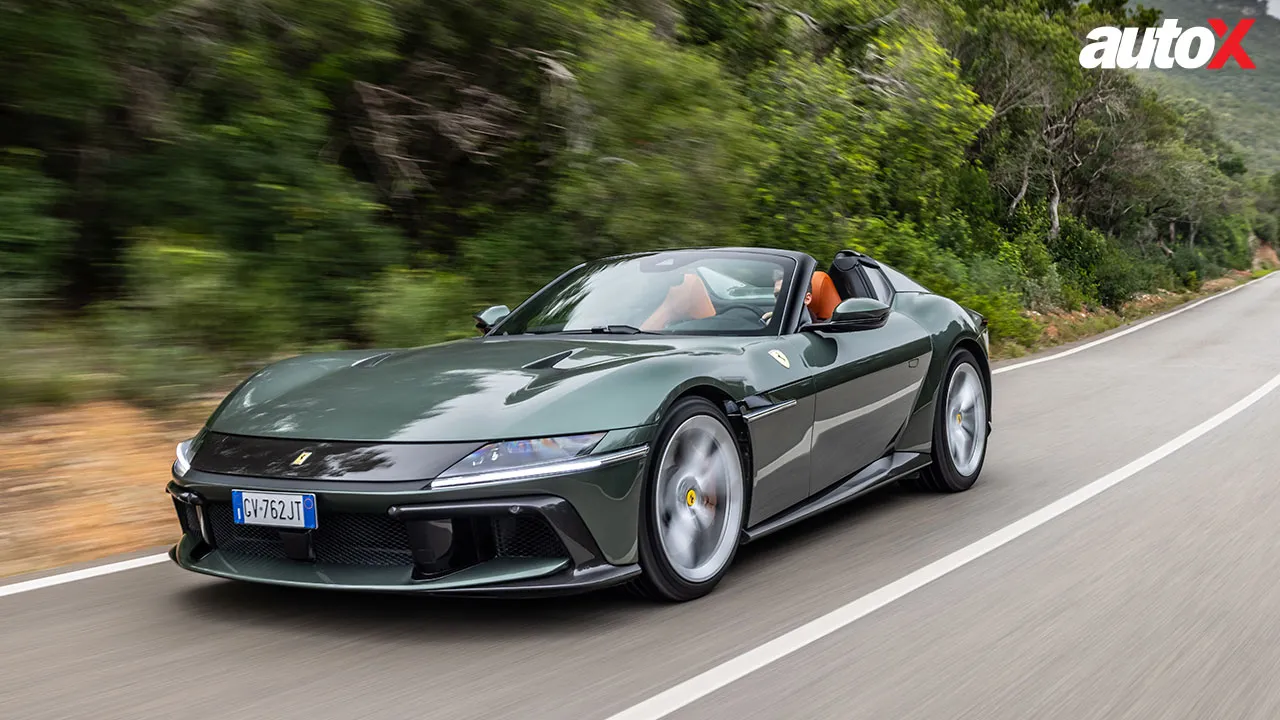
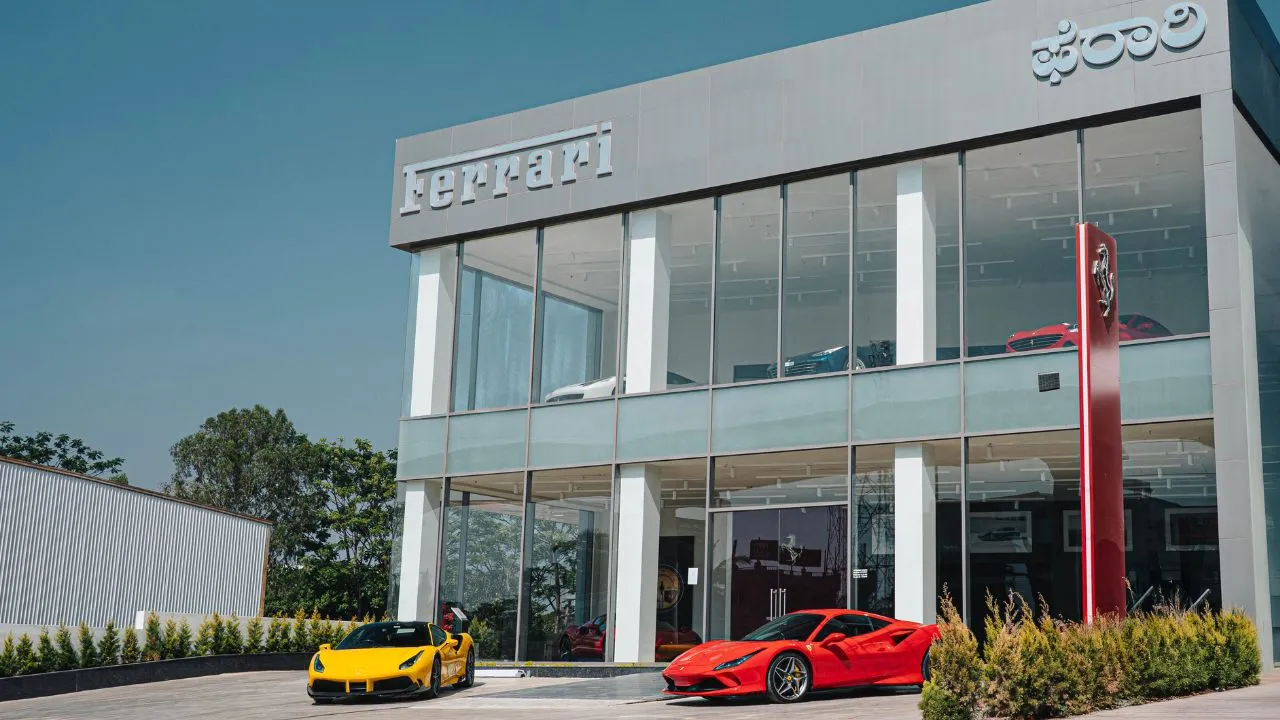
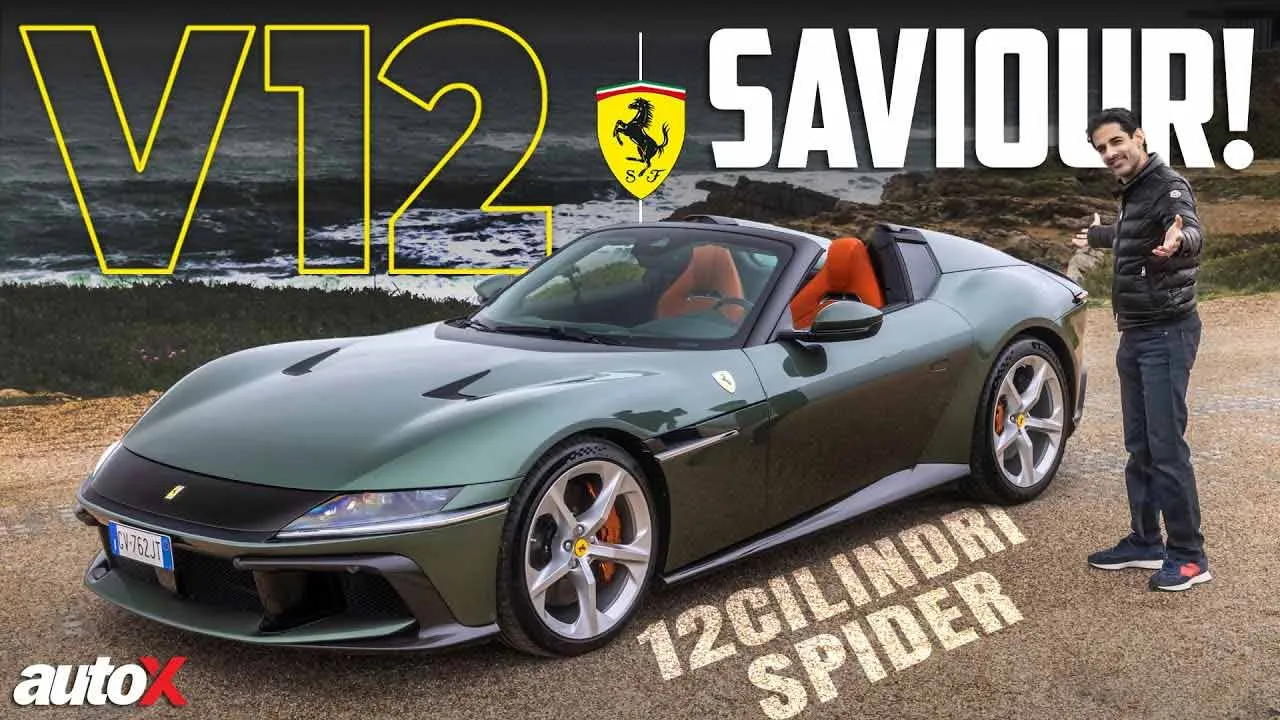

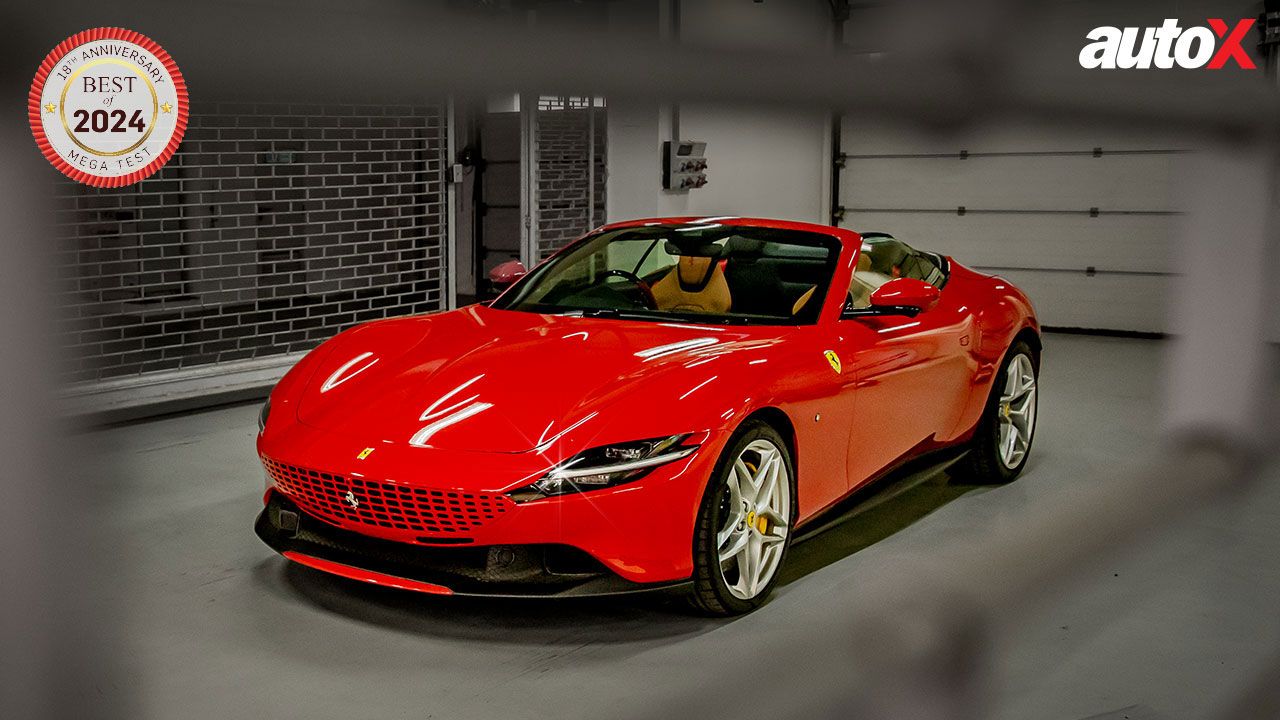
Write your Comment on